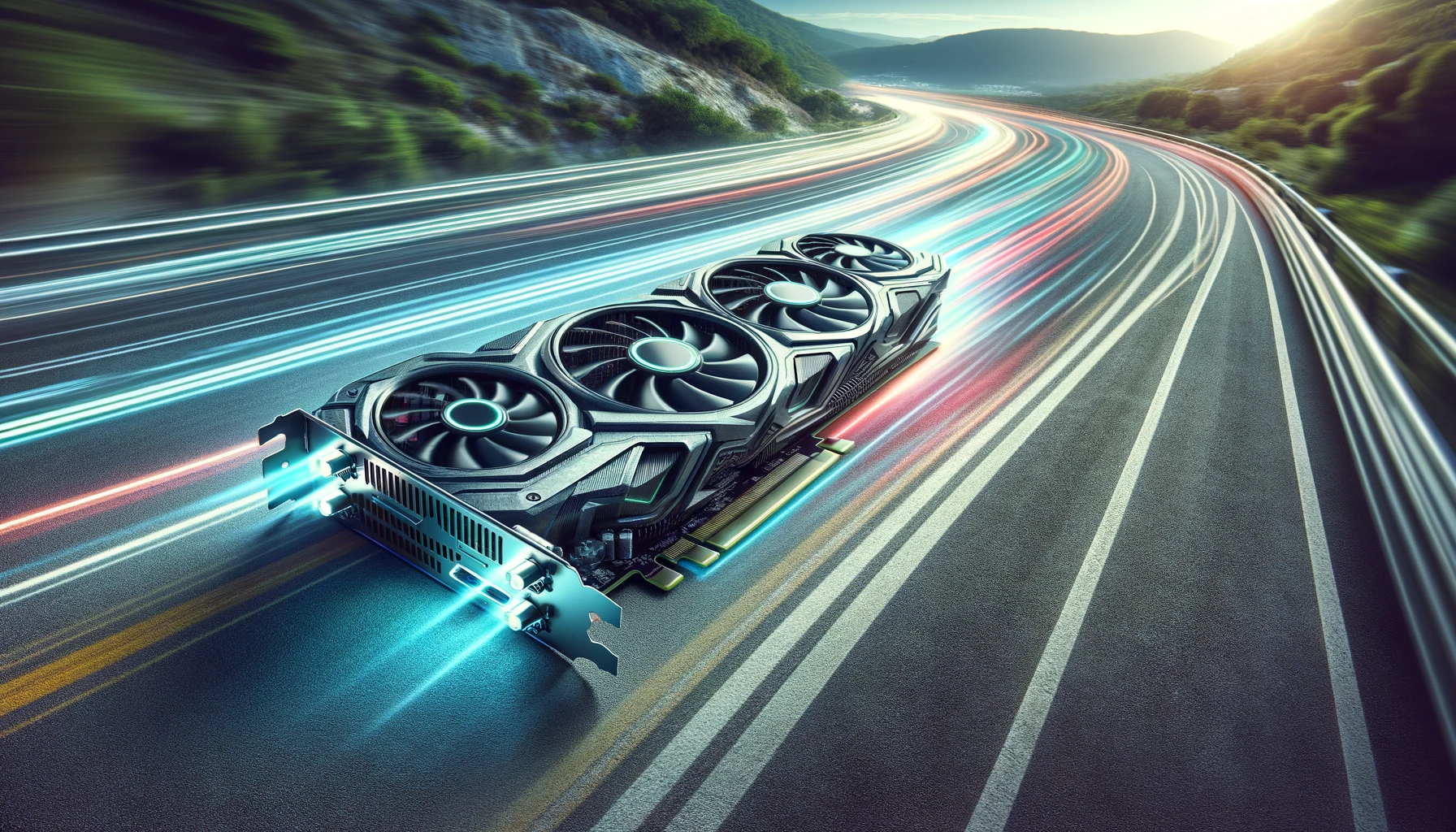Your cart is currently empty!

Graphic cards compatibility
Lithgow Tech Services’ Guide to a Seamless GPU Upgrade
Graphic card compatibility is important, are you planning to upgrade your graphics card for better gaming or graphic design performance? One of the key challenges you might face is ensuring compatibility with your existing motherboard and processor. At Lithgow Tech Services, we understand the importance of a harmonious PC build. In this blog post, we’ll guide you through the steps to find a graphics card that perfectly matches your motherboard and processor.

Understanding the Role of Motherboards and Processors in GPU Compatibility
Before diving into compatibility, it’s essential to understand how your motherboard and processor impact the performance of a graphics card:
- Motherboard: The motherboard is the central hub connecting all components. It’s crucial to have the right slot (PCIe x16 in most cases) for your graphics card. The version of PCIe can also affect performance but is generally backward compatible.
- Processor: The processor, or CPU, can bottleneck a high-performance graphics card if it’s not fast enough to keep up. This means the graphics card won’t perform to its full potential because the CPU can’t process the data quickly enough.
Step-by-Step Guide to Finding Compatible Graphics Cards
- Identify Your Motherboard’s Specifications: Start by noting down your motherboard’s model. Check the number and type of PCIe slots it has. Most modern motherboards will have at least one PCIe x16 slot suitable for a graphics card.
- Check PCIe Version and Bandwidth: Different versions of PCIe (like 3.0, 4.0) have varying bandwidths. While they are compatible with each other, a mismatch might mean not utilizing the full potential of the graphics card or the slot.
- Assess Your Processor’s Capabilities: Identify your processor’s model and its performance capabilities. A high-end GPU paired with an outdated CPU can lead to a bottleneck, undermining the GPU’s performance.
- Power Supply and Connectivity: Ensure that your power supply unit (PSU) has the required power connectors and wattage to support the new GPU. High-performance GPUs often require more power and specific connectors like 8-pin or 6-pin PCIe power connectors.
- Consider Physical Space and Cooling: Check if your computer case has enough space for the new GPU, and ensure there is adequate cooling, as high-performance GPUs generate more heat.
Tips from Lithgow Tech Services Experts
- Update Your BIOS: Ensure your motherboard’s BIOS is updated to the latest version for improved compatibility and performance.
- Research and Consult: Utilize resources like manufacturer websites and forums for compatibility information. Don’t hesitate to contact professionals like us at Lithgow Tech Services for advice.
- Balance Your Components: Aim for a balanced build where the CPU and GPU complement each other’s performance without causing bottlenecks.
By following these steps, you can confidently select a graphics card that complements your motherboard and processor, enhancing your computer’s performance without compatibility issues. Remember, at Lithgow Tech Services, we’re always here to help with your tech upgrades and queries. Graphic card compatibility
Lithgow Tech Services specializes in computer repairs and upgrades. For more tech tips and support, visit our blog or contact us directly.
by
Tags:
